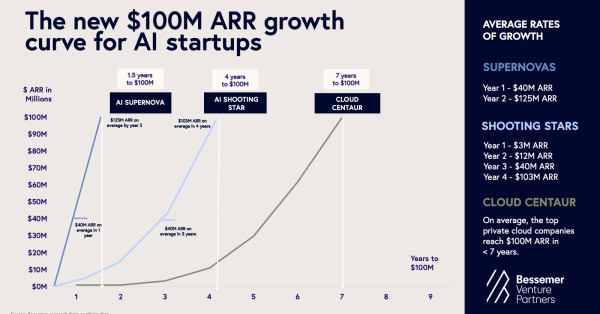Verizon has achieved a breakthrough in utilizing network slicing in a full-fledged commercial 5G scenario, setting the stage for a new era of networking. Network Slicing advancement allows users to guide their data traffic across virtual networks, specifically tailored to align with the demands of distinct applications. In other words, customers can customize their network experience based on their specific requirements, optimizing network performance across various services.
This capability is engineered for network traffic on Verizon’s state-of-the-art standalone 5G core that is cloud-native, containerized, and virtualized. This offers service agility, flexibility, and automated scalability. The technological accomplishment is expected to reshape the way businesses and individuals utilize networks, offering a custom-tailored network experience for each application.
“By aligning network performance with specific application needs, network slicing opens up new possibilities for providing superior customer experiences. It offers a tailored service that lets our customers effectively use our network based on their specific needs,” stated Adam Koeppe, Senior Vice President of Technology Planning at Verizon.
In a recent demonstration, a 5G smartphone was successfully connected to multiple network slices, showcasing the ability to move data through the network without any glitches. The demonstration was powered by a standard smartphone, virtualized and non-virtualized RAN equipment currently in active field production, alongside Verizon’s multi-vendor standalone 5G core. This end-to-end test served as proof of the harmonious functioning of various components, from the device’s chipset, operating system, and application to the radio network base station and the core of the network.
The demonstration highlighted the potential of a complete data path on a virtual network slice, validating the technology and presenting a promising future for its practical applications. Network slicing, as an integral feature, will be incorporated as Verizon’s 5G standalone core evolves. To make the most of this network functionality, customers will need devices capable of supporting 5G network slicing.
Network slicing is an innovative feature exclusive to 5G technology. It leverages a virtualized network infrastructure to dynamically tailor network performance to align with the specific needs of distinct applications, optimizing overall network performance. The advanced capabilities, broader bandwidth, high speed, and reduced latency of 5G are inspiring the creation of a broad range of innovative use cases.
From IoT devices demanding minimal network resources to sophisticated smartphone applications that use data in countless ways, and to complex applications like gaming, AR/VR, and mixed reality requiring massive computing power and low latency on the network edge, network slicing could be a game-changer. AI and Machine Learning capabilities are expected to enable dynamic resource allocation and real-time network function adjustments to maintain optimal service levels and network resources for each use case.
Consider the example of utility company smart readers. These devices are not latency-sensitive, require less bandwidth, and don’t need mobility routing functions as they are stationary. In contrast, mobile online gaming can immensely benefit from specific upload and download speeds and low latency to offer an immersive experience. With network slicing, Verizon can provide network performance tailored to each application’s needs, delivering an efficient, dynamic network resource provision that adjusts in real-time to support the customer experience based on the applications they are using.
Verizon’s breakthrough in network slicing promises to bring an unprecedented level of customization and efficiency to network usage, revolutionizing the way we connect and communicate in the 5G era. As this technology continues to evolve, we can expect even more exciting innovations on the horizon.































